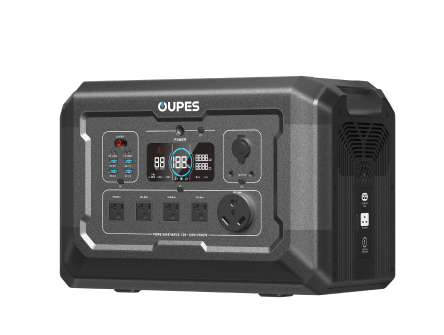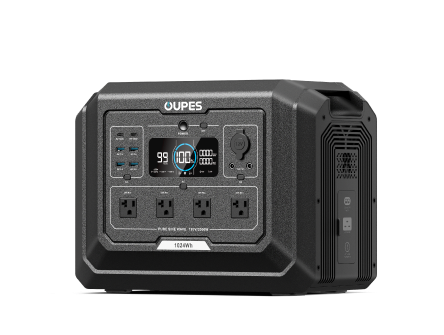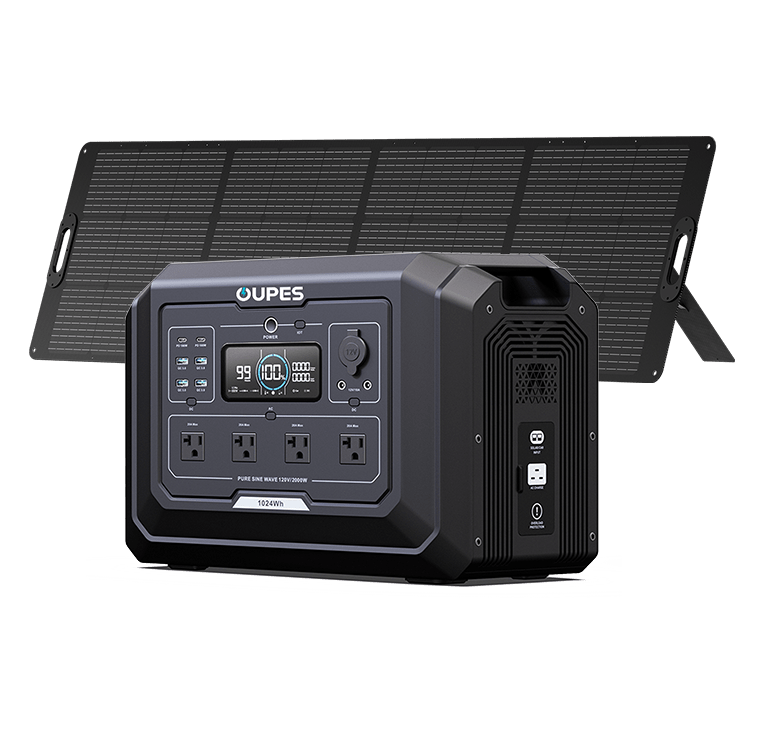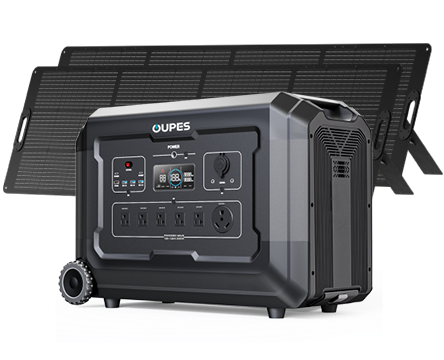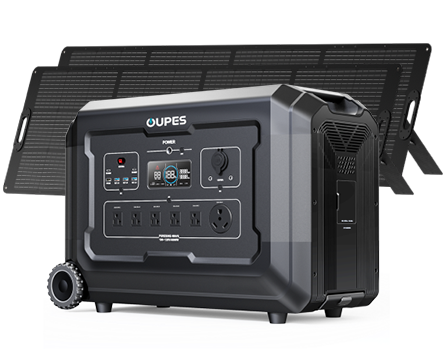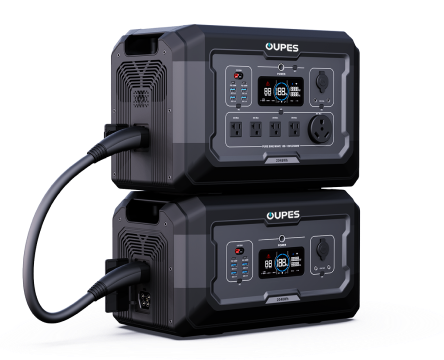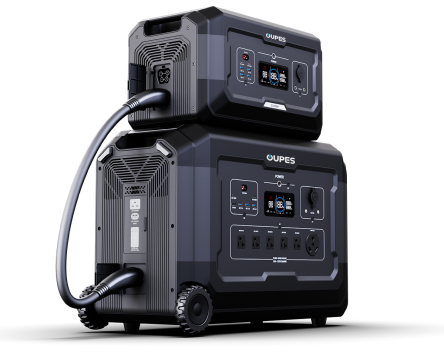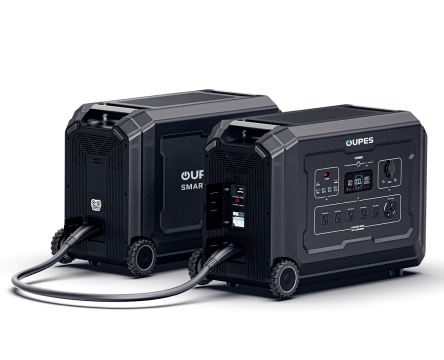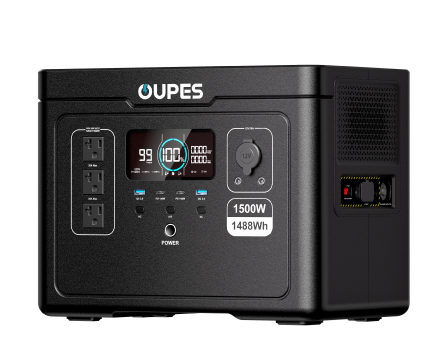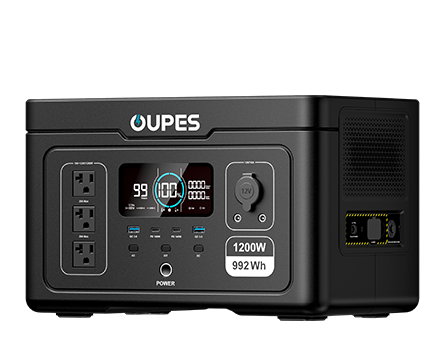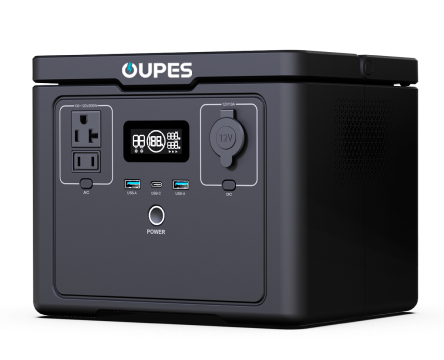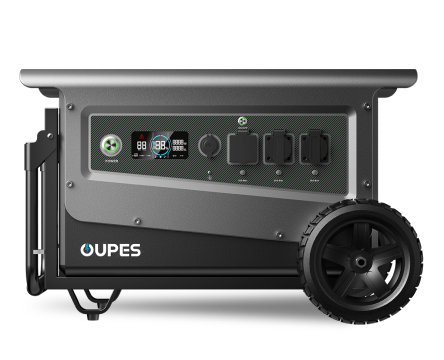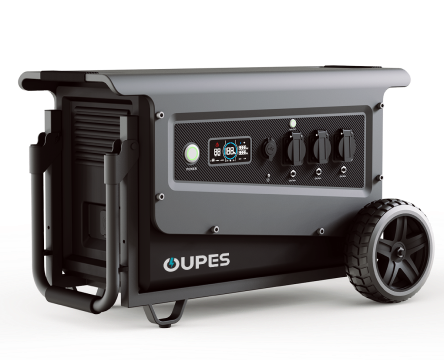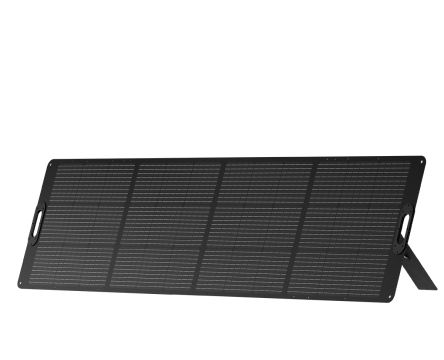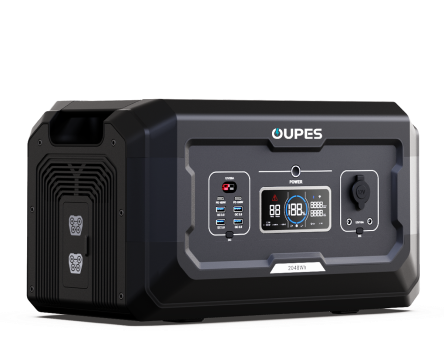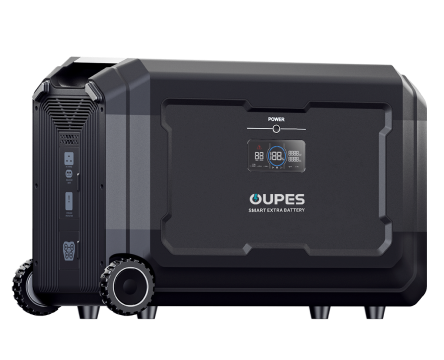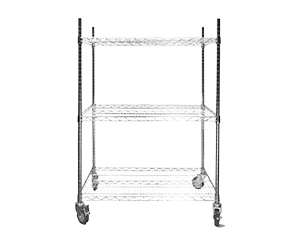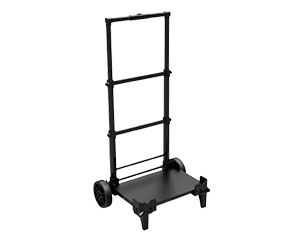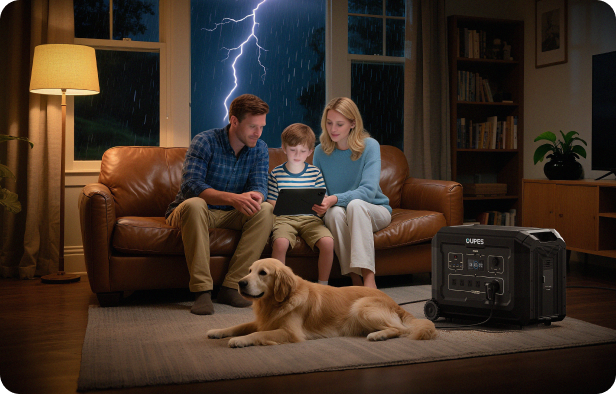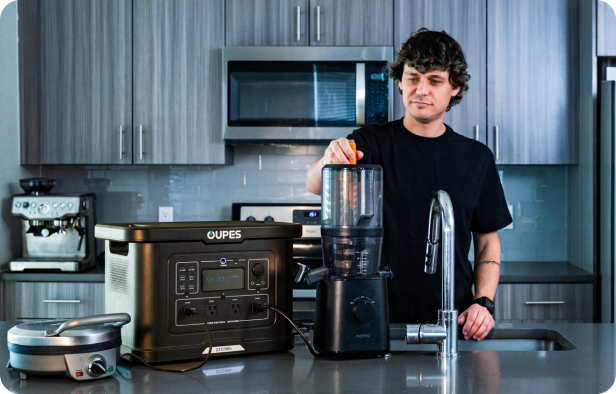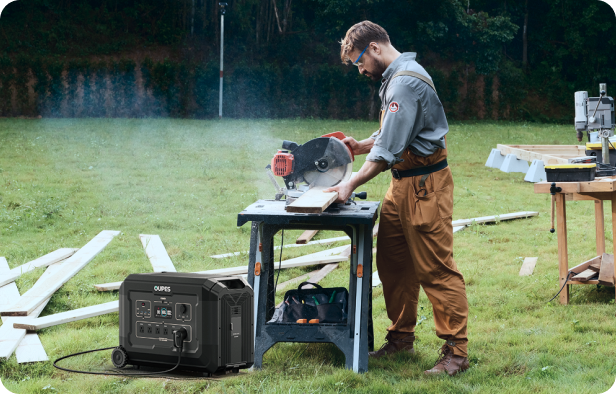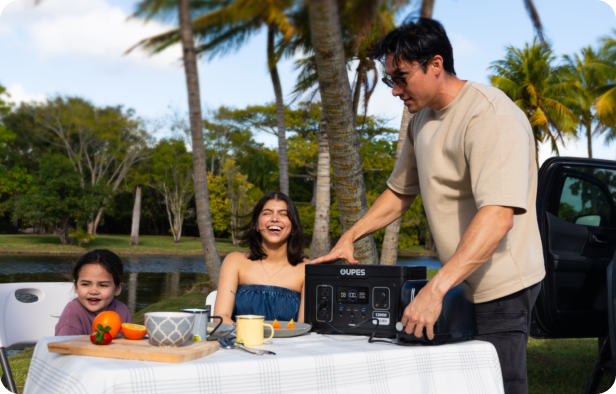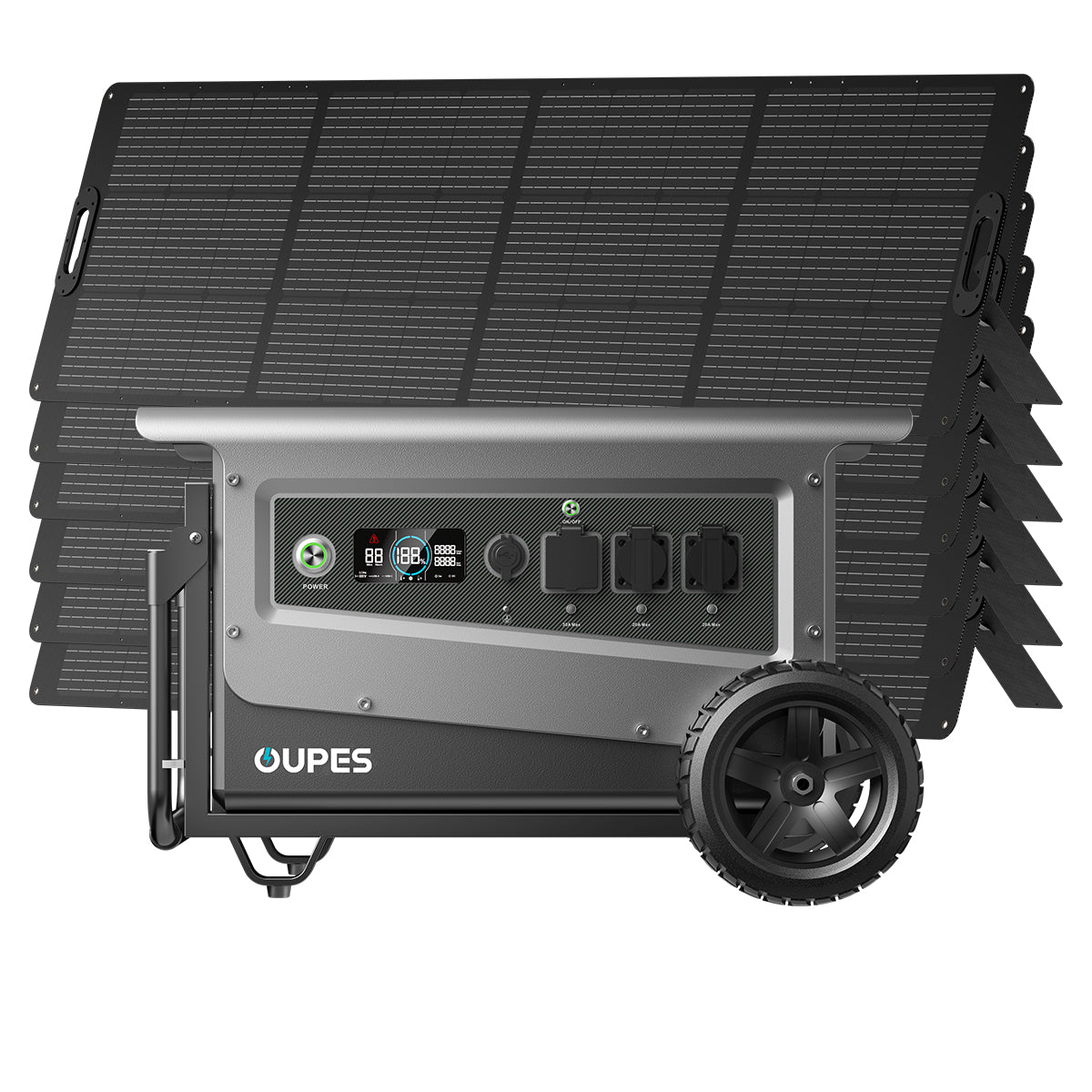
Power outages can be inconvenient and disruptive, leaving you without access to essential appliances and devices. A portable generator is an invaluable tool that can help you stay powered up during these challenging times. Whether you’re dealing with a temporary outage or preparing for emergencies, knowing how to use a portable generator effectively is key.
In this guide, we will explore the essential steps and considerations for using a portable generator during a power outage, ensuring you can maintain comfort and safety when the grid goes down.
Choosing the Right Portable Generator for Your Needs
Not all portable generators are created equal, and selecting the right one for your needs is the first step in ensuring a reliable power backup solution. Factors such as wattage, portability, and battery capacity are crucial when making your decision.
Assess Your Power Requirements: Determine the wattage of the appliances and devices you plan to power during an outage. For instance, the OUPES Mega 3 Home Backup & Portable Power Station, with its 3600W capacity, is ideal for running multiple devices simultaneously.
Consider Portability: If you need a generator that’s easy to move around, compact models like the OUPES Exodus 600 Plus Portable Power Station are excellent options for smaller energy needs.
Look for Versatility: A good portable generator should support multiple charging methods, such as solar panels, AC outlets, or car chargers, ensuring you can keep it powered up no matter the circumstances.
Choosing the right generator sets the foundation for a seamless power backup experience, enabling you to handle outages with confidence.
Setting Up Your Portable Generator Safely
Proper setup is essential to ensure the safe and efficient operation of your portable generator. Following safety protocols can help prevent accidents and maximize the generator’s performance.
Choose a Suitable Location: Place your generator in a well-ventilated area, away from windows, doors, and vents. This prevents exhaust fumes from entering your living space and reduces the risk of carbon monoxide poisoning.
Use Appropriate Cables: Ensure all extension cords and cables are heavy-duty and rated for the generator’s output. This minimizes the risk of overheating or electrical fires.
Read the Manual: Familiarize yourself with the manufacturer’s guidelines for safe operation. For instance, OUPES generators like the OUPES Mega 5 Home Backup & Portable Power Station come with user-friendly manuals to help you get started quickly.
Proper setup ensures that your generator operates safely and efficiently, providing you with peace of mind during a power outage.
Maximizing the Efficiency of Your Portable Generator
To get the most out of your portable generator, it’s essential to use it efficiently. This not only extends the generator’s lifespan but also ensures you have enough power to meet your needs during an outage.
Prioritize Essential Appliances: Focus on powering critical devices such as refrigerators, medical equipment, and lighting. The OUPES Titan 5 Portable Power Station, with its massive 5040Wh capacity, can handle multiple high-wattage appliances with ease.
Monitor Energy Usage: Keep track of how much energy you’re consuming to avoid overloading the generator. Many modern portable power stations include built-in displays for real-time monitoring.
Optimize Charging Cycles: If your generator supports solar charging, use sunlight to recharge it during the day. This not only conserves energy but also reduces reliance on other power sources.
By following these efficiency tips, you can maximize the performance of your portable generator and ensure reliable power during outages.
Maintaining Your Portable Generator
Regular maintenance is crucial for keeping your portable generator in top condition. Proper care ensures reliable performance and extends the lifespan of your device.
Inspect the Battery: Check the battery levels regularly and recharge as needed. Models like the OUPES Mega 2 Power Station feature durable batteries that require minimal maintenance but still benefit from occasional inspections.
Clean the Components: Dust and debris can accumulate on your generator over time, affecting its performance. Wipe down the exterior and ensure the vents remain clear.
Store Properly: When not in use, store your generator in a cool, dry location. Avoid exposing it to extreme temperatures or moisture, which can damage internal components.
Maintaining your portable generator is a simple yet effective way to ensure it’s always ready to provide power when you need it most.
Conclusion
Using a portable generator during a power outage can make all the difference in maintaining comfort, safety, and productivity. By choosing the right generator, setting it up safely, and following best practices for efficiency and maintenance, you can navigate outages with ease.
OUPES offers a range of reliable portable power stations, including the robust OUPES Titan 5 Portable Power Station, the versatile OUPES Mega 3 Home Backup & Portable Power Station, and the compact OUPES Exodus 600 Plus Portable Power Station. With OUPES, you can find the perfect solution to keep your home and devices powered during any outage.

